Entry Category: Air
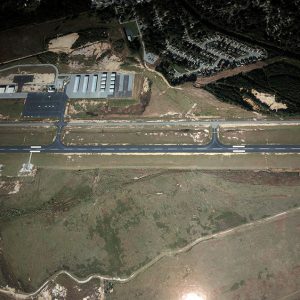 Saline County Regional Airport
Saline County Regional Airport
Schilberg, Richard
Silitch, Mary Frances
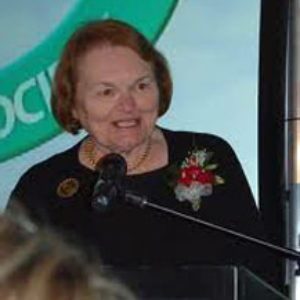 Mary Frances Silitch
Mary Frances Silitch
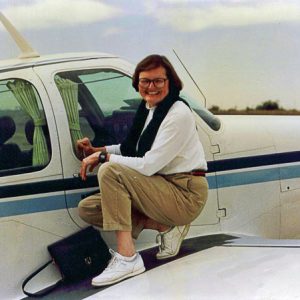 Mary Frances Silitch
Mary Frances Silitch
 Mary Frances Silitch
Mary Frances Silitch
South Arkansas Regional Airport
aka: Goodwin Field
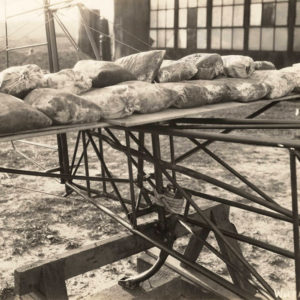 Stabilizer Test
Stabilizer Test
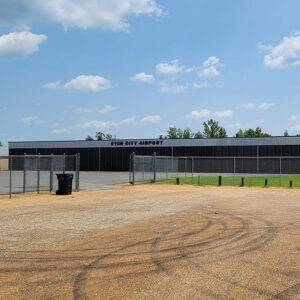 Star City Airport
Star City Airport
Stinson, Katherine
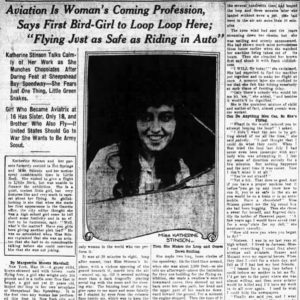 Katherine Stinson Article
Katherine Stinson Article
Stuttgart Army Air Field
 Stuttgart Army Air Field Brochure
Stuttgart Army Air Field Brochure
Texarkana Regional Airport
aka: Texarkana Air Force Station
Thaden, Louise McPhetridge
 Louise Thaden
Louise Thaden
Thompson-Robbins Air Field
aka: Helena Aero Tech
Tinker, Frank Glasgow
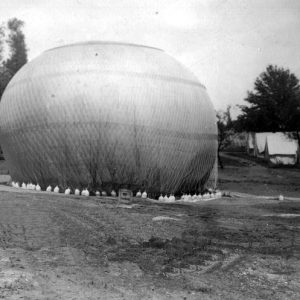 UCV Reunion Balloon
UCV Reunion Balloon
Walnut Ridge Army Flying School
Zerbe Air Sedan
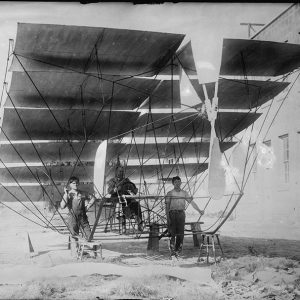 Zerbe Air Sedan
Zerbe Air Sedan
 Zerbe Air Sedan Story
Zerbe Air Sedan Story
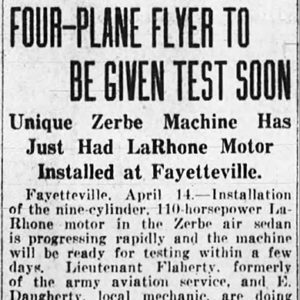 Zerbe Air Sedan Story
Zerbe Air Sedan Story
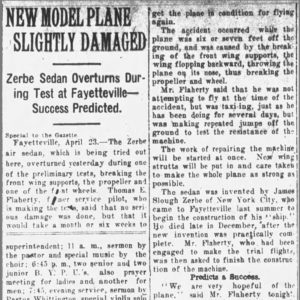 Zerbe Air Sedan Story
Zerbe Air Sedan Story




